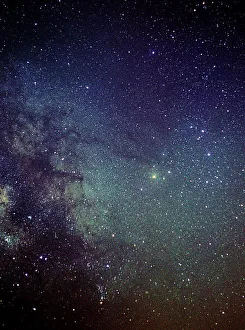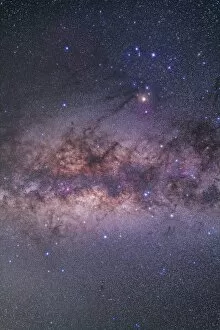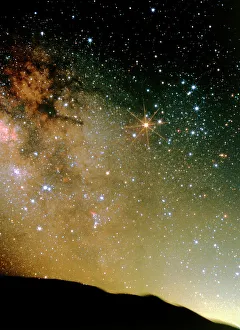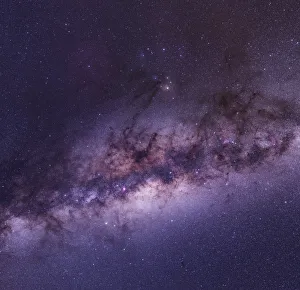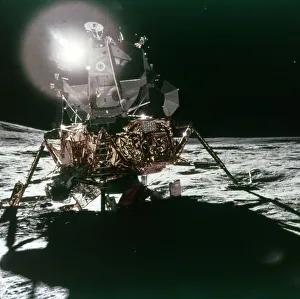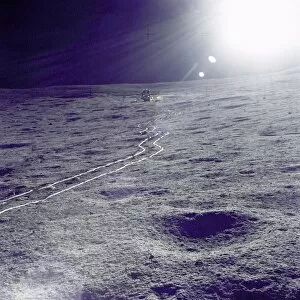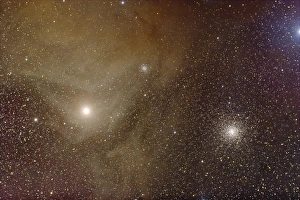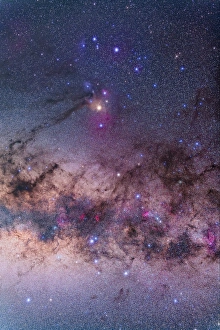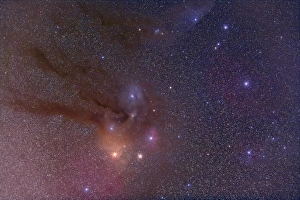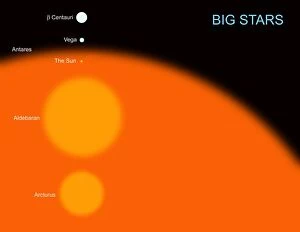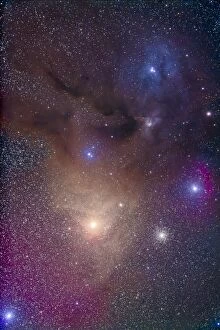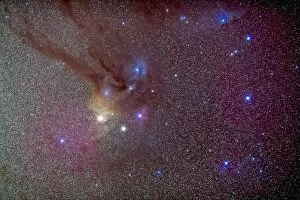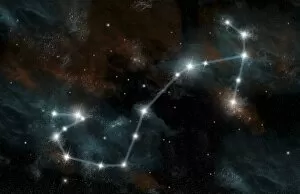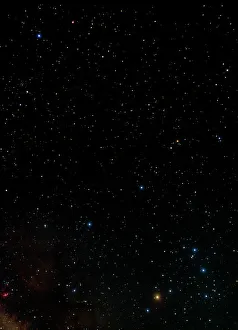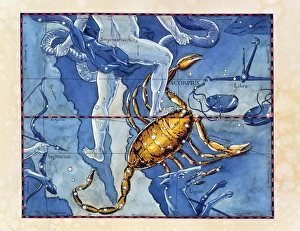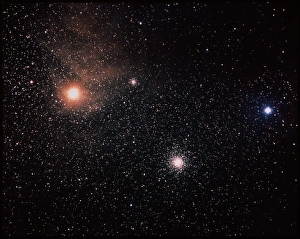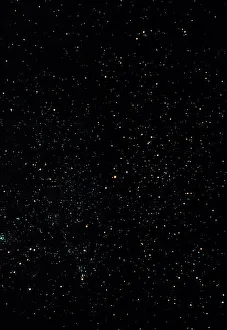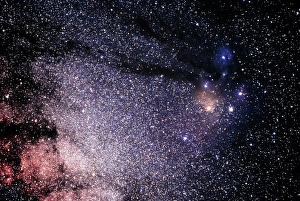Antares Collection
Antares, the fiery heart of Scorpius constellation, captivates our gaze with its mesmerizing glow
All Professionally Made to Order for Quick Shipping
Antares, the fiery heart of Scorpius constellation, captivates our gaze with its mesmerizing glow. In the vast expanse of the night sky, this celestial beauty stands out like a jewel amidst a sea of stars. As we peer into the darkness, an optical image reveals the intricate details of Scorpius constellation and its radiant centerpiece. The backdrop for Antares is none other than the magnificent Milky Way, painting a picture so grand that it leaves us in awe. Its fancy look adds to the allure of this cosmic masterpiece, as if nature itself had carefully crafted this celestial artwork. But Antares holds significance beyond its visual appeal. It shares its name with the Lunar Module that touched down on the Moon during Apollo 14 mission in February 1971. Just like those tracks led astronauts to new frontiers, Antares beckons us to explore and discover what lies beyond our earthly boundaries. Located near Scorpius' head, Antares finds itself surrounded by Messier 4 and NGC 6144 globular clusters – companions in this vast cosmic dance. A red supergiant star at heart, Antares shines brightly alongside these stellar companions within the Rho Ophiuchi region. On Earth's surface, another symbol bears resemblance to Antares' name: Northrop Grumman's mighty rocket bearing Cygnus spacecraft atop it. Like an eagle perched atop a lightning tower next to this towering rocket, anticipation builds for yet another journey into space. As we witness Cygnus resupply spacecraft being lowered onto Northrop Grumman's proud creation or watch as it raises vertical at launch Pad-0A on a crisp November day - we are reminded of humanity's relentless pursuit towards understanding our universe. Antares serves as both guidepost and inspiration; it invites us to delve deeper into mysteries yet unraveled while reminding us that even amongst countless stars shining above us all – there is always something extraordinary to discover.


